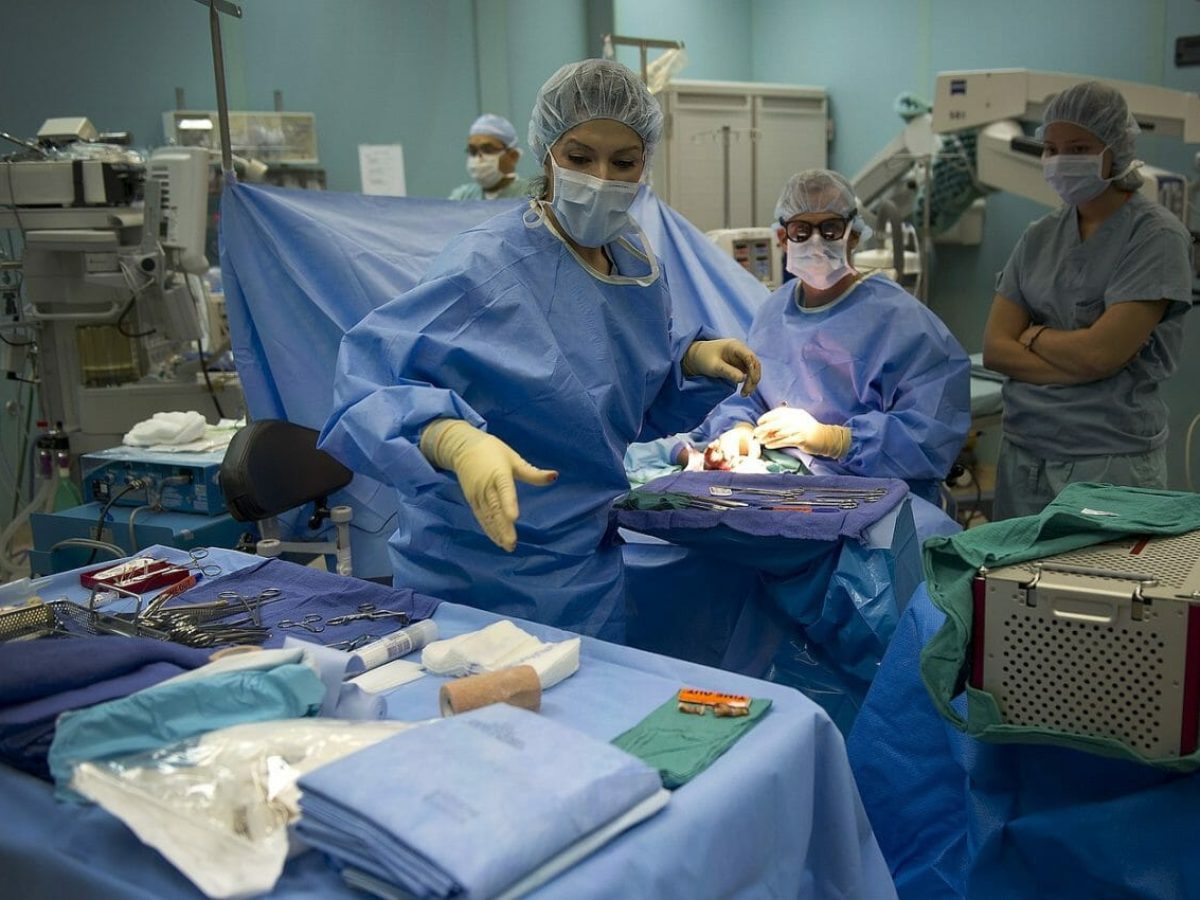The COVID-19 pandemic has drawn attention to healthcare workers in America. As a result of this exposure, the nursing shortage, which started in 2012 and is anticipated to continue until 2030, has also received more attention.
Growing demand for nationwide healthcare is just one of the many reasons for the scarcity. Additionally, there will be a record-breaking burden on the medical sector as the baby boom generation, the largest group in America, ages. By 2030, there will be a need for over a million nurse practitioners.
According to statistics, there is still an acute nursing shortage problem, but 2023 might be the year that changes everything. Front-line nurses know that their workspaces are suffering due to the lack of nurses. Despite this, the statistics convincingly demonstrate that it is a good time to start implementing changes. And in 2023, a hospital’s ability to attract and keep skilled nurses may be the primary area of emphasis.
Facts Regarding the Nursing Deficiency in the US
- Ten states are anticipated to experience a dearth of licensed nurses by 2035. (RNs).
- By 2035, it is anticipated that Washington will have the greatest nursing shortage, with a 26% deficiency.
- The average age of registered nurses today is over 50.
- As a result of a shortage of faculty, classroom space, and other facilities in 2021, over 91,000 suitable candidates were turned away by American nursing colleges.
But you can become a nurse online to lower the nursing deficiency in the USA.
Which states are most in need of nurses?
The lack of nurses does not evenly impact the United States. The amount of full-time RNs required to deliver care at a standard level in 2014 is used by the Health Resources and Services Administration (HRSA) to figure out the need for nurses. Using that approach, it is predicted that some states, including Florida, Ohio, and Virginia, will have excess nurse practitioners by 2030.
What Are the Major Factors Affecting the Lack of Nurses?
The shortage of competent workers is the result of a number of variables, including:
- Growing need to take care of an ageing population
- Senior nursing staff getting ready to leave
- The dearth of teachers and nursing instructors who are qualified
- High rate of change
Is This the Right Moment for You to become a Nurse?
It’s a great moment to enter the nursing industry if you’ve considered doing so. The BLS forecasts a rise of employment for RNs of 6% and advanced practice RNs of 40%. (APRNs).
This increasing requirement for skilled healthcare professionals shows that chances are available, particularly in territories and states where demand continues to increase. More possibilities will be available to nurses with bachelor’s degrees or higher, particularly as institutions concentrate on obtaining magnet status and as demand for APRNs rises.
In many aspects, the nursing workforce shortage is complicated. However, the answer is remarkably straightforward at its core. Nurses will remain if you foster a culture where they are acknowledged and nurtured.
